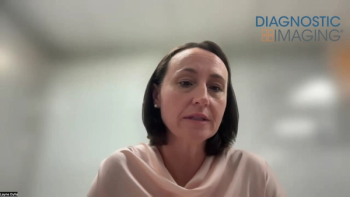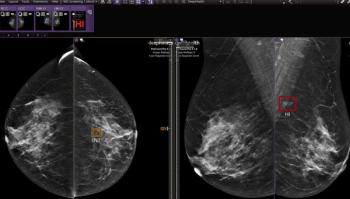
U.S. radiologists work to expand access to imaging in the developing world
Globally, four billion people have no access to imaging services. Several U.S. organizations are part of an effort to share knowledge and resources to bring the benefits of imaging to medical systems in developing nations.
While physicians and patients alike may take for granted the ease with which imaging services are ordered and administered in this country, we should not lose sight of the fact that four billion people in the world
The American College of Radiology, under the guidance of Dr. John Patti (chair of the board of chancellors), has taken a leadership position among professional radiology organizations in addressing the imaging needs of developing nations through the creation of the Commission on International Relations. Its charge is to share knowledge and resources with developing nations so that all patients, regardless of location, can benefit from advances in medical imaging. To date, the commission has provided international aid in response to natural disasters such as the earthquake in Haiti and, most recently, partnered with the International Society of Radiology to make educational resources (journals, etc.) available to radiologists in war-torn nations such as Iraq.
The ACR has also created the
Aside from the ACR, other U.S.-based organizations are answering the call to expand imaging services in developing nations. Rad-Aid, founded by Daniel Mollura and other radiologists at Johns Hopkins, now has a presence in several African, Asian, and Latin American nations. The mission of Rad-Aid is to “improve and optimize access to medical imaging and radiology in developing regions of the world for increasing radiology’s contribution to global public health initiatives and patient care.” Rad-Aid has specifically addressed clinical instruction, international policy issues, and education surrounding the use and implementation of healthcare technologies. In addition, Rad-Aid has provided business administration support to assist individuals in establishing and sustaining health clinics in developing nations. Rad-Aid has been instrumental in advancing a concept known as “radiology-readiness,” which dictates that a fundamental healthcare infrastructure must exist in order for radiology resources to be deployed and utilized effectively. Rad-Aid has sought to provide a framework for the imaging infrastructure necessary for developing nations to benefit from imaging technologies.
Radiologists at Harvard’s Massachusetts General Hospital and Mt. Auburn Hospital have leveraged the power of basic technology available in developing nations to help provide imaging services. International Radiology Exchange, known as
Advances in medical imaging have allowed patients in the U.S. to receive better, safer, and less invasive care. It is imperative that this knowledge and technology be shared with developing nations so that all patients can experience the benefits of medical imaging.
Dr. Krishnaraj is a clinical fellow in the abdominal imaging and intervention division, department of imaging, at Massachusetts General Hospital/Harvard Medical School. He can be reached at akrishnaraj@partners.org.
Newsletter
Stay at the forefront of radiology with the Diagnostic Imaging newsletter, delivering the latest news, clinical insights, and imaging advancements for today’s radiologists.


























